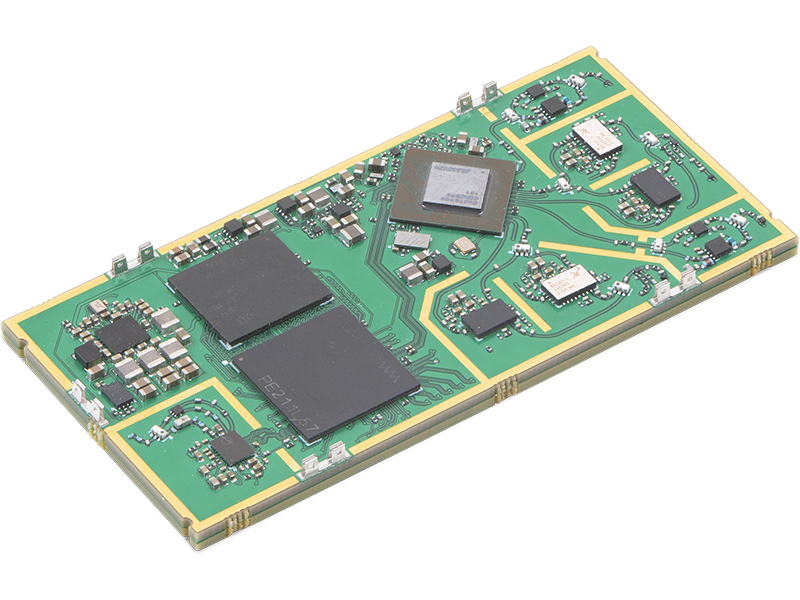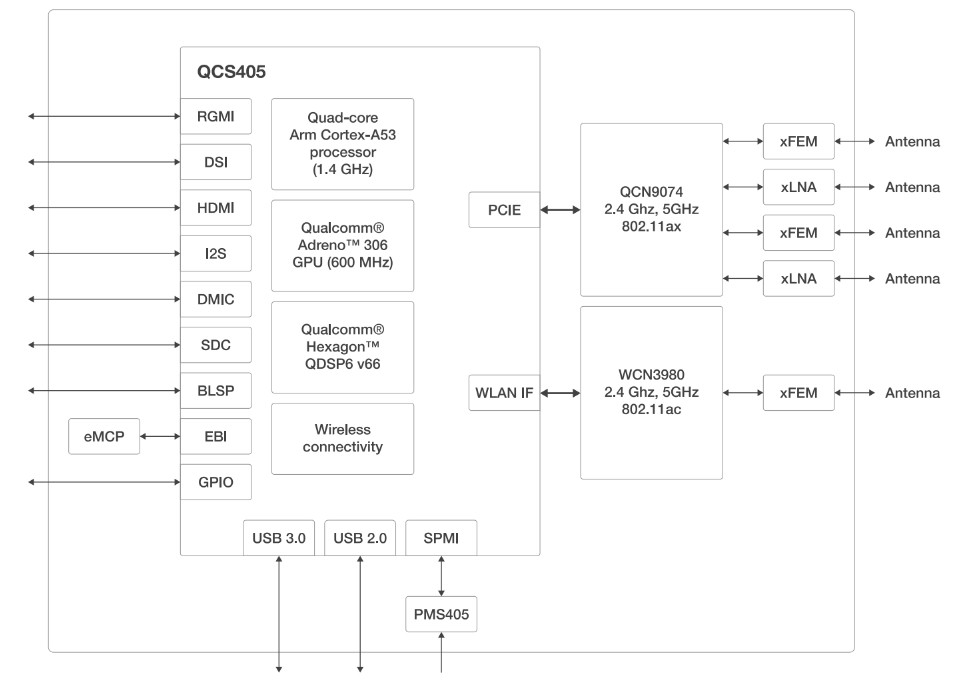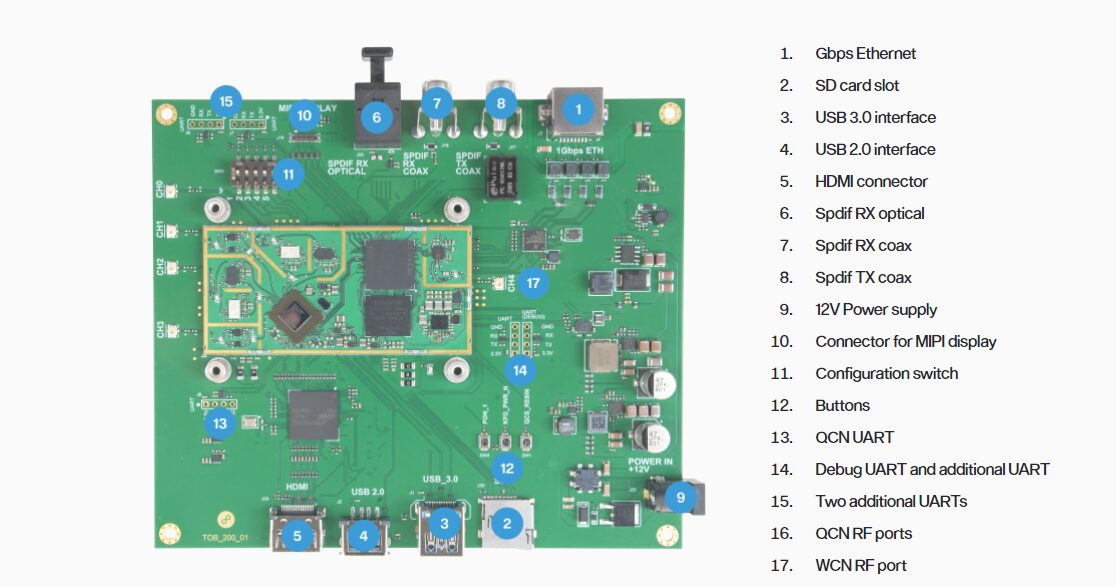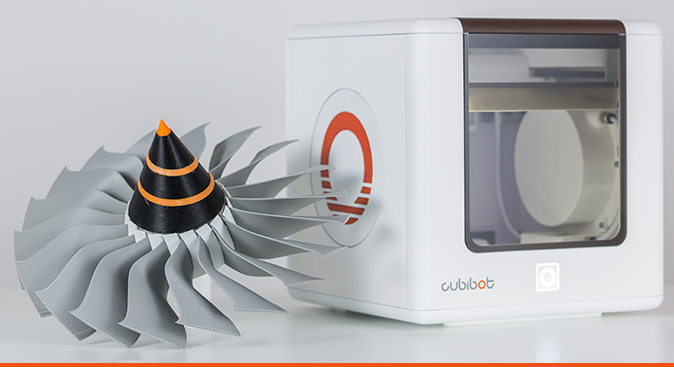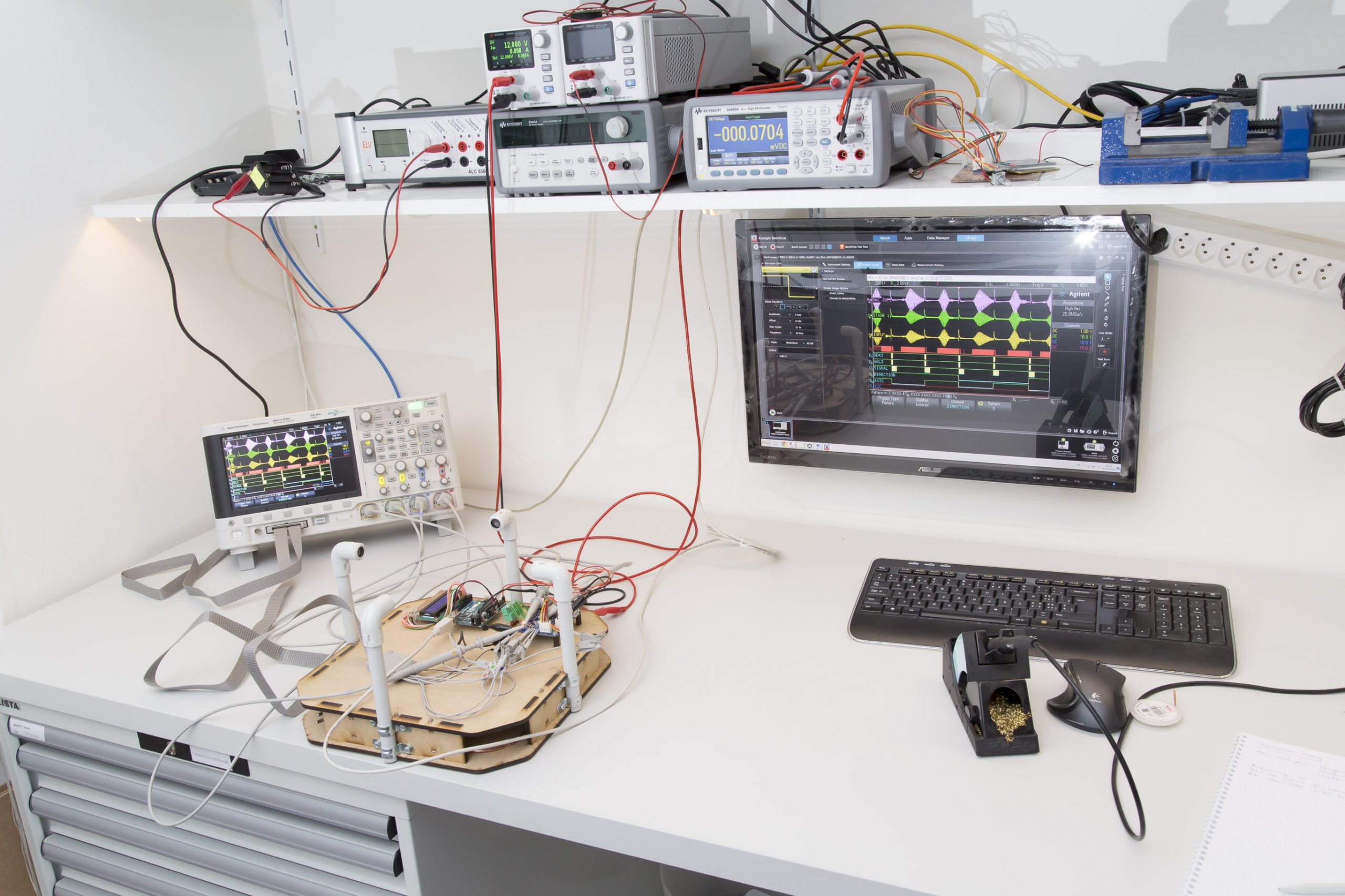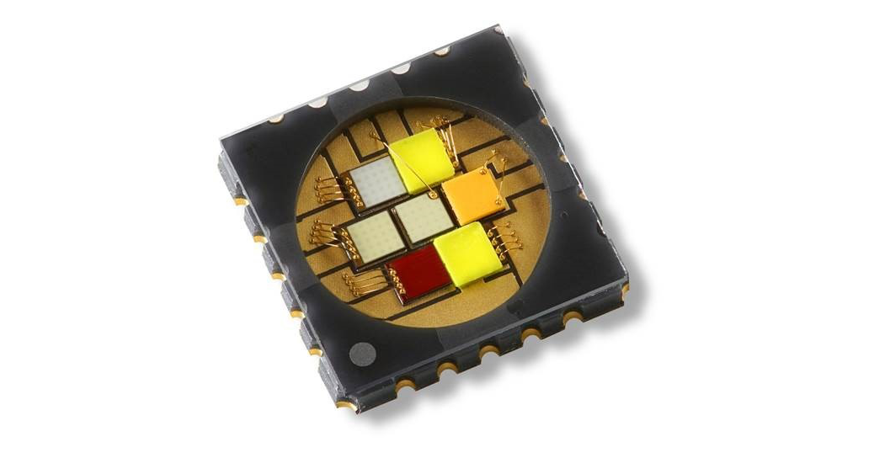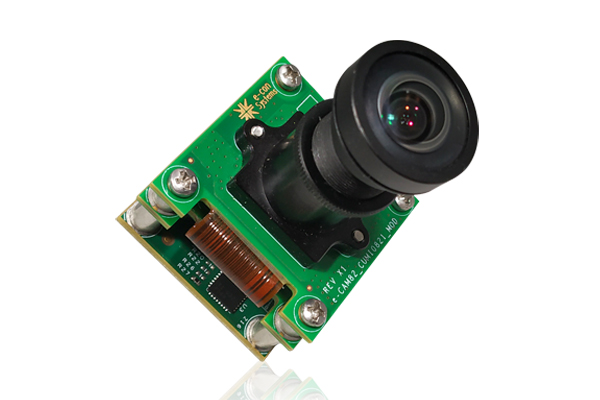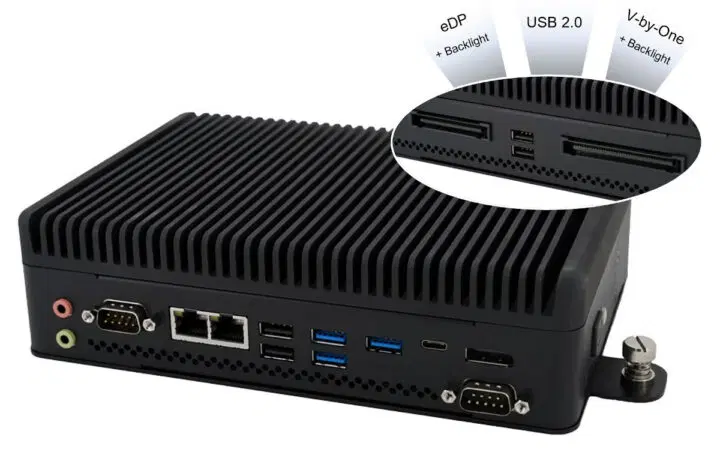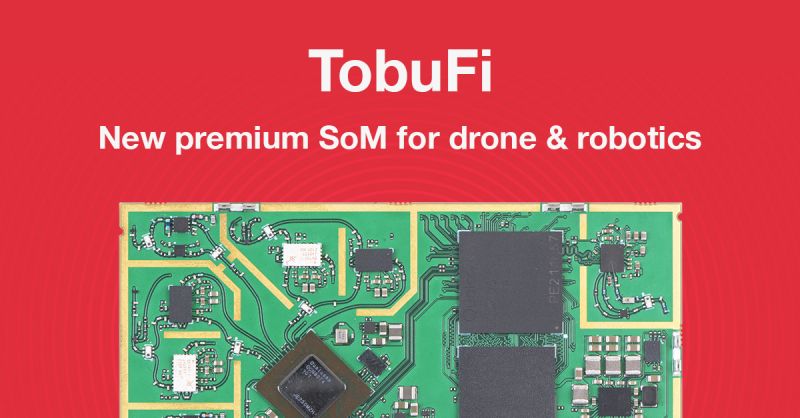
8devices TobuFi – A Qualcomm QCS405 Powered SoM for drones and robotics
8devices TobuFi is a System on Module (SoM) powered by Qualcomm QCS405 SoC. The module features 1GB LPDDR3, and 8GB of eMMC storage with USB 3.0, HDMI, I2S, DMIC, SDC, UART, SPI, I2C, and GPIO. Networking options include dual-band Wi-Fi 6 and Wi-Fi 5 capabilities, Ethernet and Bluetooth. The features make this suitable for drones, robotics, advanced audio systems, and home assistants.
The QCS405 is a quad-core Arm Cortex A53 processor that can clock up to 1.4GHz which is great for general computing. Its integrated Qualcomm Adreno 306 GPU handles graphics demands, while the Qualcomm Hexagon QDSP6 v66 brings specialized audio and voice processing capabilities. This chip also includes a Low Power Island mode for energy-efficient handling of always-on tasks.
Previously we have written about similar products like the Noni M.2 WiFi 7 module, Habanero IPQ4019 SoM, Mango-DVK OpenWrt Devkit, and more feel free to check those out if you are interested in the topic.
The most unique feature of this chip is that the module features two Wi-Fi chips the Qualcomm QCN9074(Wi-Fi 6) chip and the Qualcomm WCN9380(Wi-Fi 5). The Wi-Fi 5 chip is responsible for standard wi-fi communications whereas the QCN9074 (Wi-Fi 6) is a special module that supports extended frequency ranges from 2312-3000 MHz and 4900-5925 MHz. With this module, the device supports an extended communication range of 10 kilometers and beyond.
8devices TobuFi SoM Specifications:
- CPU: Qualcomm QCS405 Arm Cortex A53 quad-core; 1.4GHz; 64-bit
- Memory: LPDDR3 1GB + eMMC 8GB
- Graphics: Qualcomm Adreno 306 GPU with 64-bit addressing; 600MHz
- DSP: Qualcomm Hexagon QDSP6 v66 with Low Power Island and Voice accelerators
- Audio: Serial low-power inter-chip media bus (SLIMbus); MI2S
- Display:
- General display interfaces: One 4-lane MIPI DSI port, DSI support up to 720P, HDMIv1.4a support up to 1080p 30fps, RGB support, SPI
- WIFI:
- Qualcomm QCN9074 Wi-Fi 6 (802.11a/g/n/ac/ax) 2.4 GHz and 5 GHz with 2×4 MU-MIMO 20/40/80/160 MHz, 2.4 GHz up to 28dBm; 5 GHz 27dBm RF output power per chain
- Qualcomm WCN9380 Wi-Fi 5 (802.11a/g/n/ac) 2.4 GHz and 5 GHz with 1×1 MU-MIMO 20/40/80 2.4 GHz up to 22dBm; 5 GHz 20dBm RF output power per chain
- Bluetooth: Bluetooth 5.0 and FM RDS/RBDS
- USB: USB 2.0, USB 3.0
- Ethernet: RGMI
- SD: One 8-bit (SDC1, 1.8 V) and one 4-bit (SDC2, 1.8/2.95 V)
- Other interfaces: I2S; DMIC; SDC; UART; SPI; I2C; GPIO
- Size: 36.6 x 76.6 mm
To get started with this SoM the company offers a development Kit and a details page, where you can find all the essential components of the board. 8devices also provides a datasheet and a product brief for the SoM. The datasheet includes a Block Diagram of the SoM, which is very useful when working with the device.
TobuFi utilizes OpenEmbedded/Yocto, offering a customizable platform with the necessary tools and packages. The SDK features image recipes for creating custom applications and system configurations, along with integrated ADB tools and fast boot support to streamline development. Further details are available on the GitHub page.
TobuFi SoM is available for pre-order at $159.00, while the TobuFi Development Kit is priced at $399.00. The estimated delivery date for these products is June 2024.





